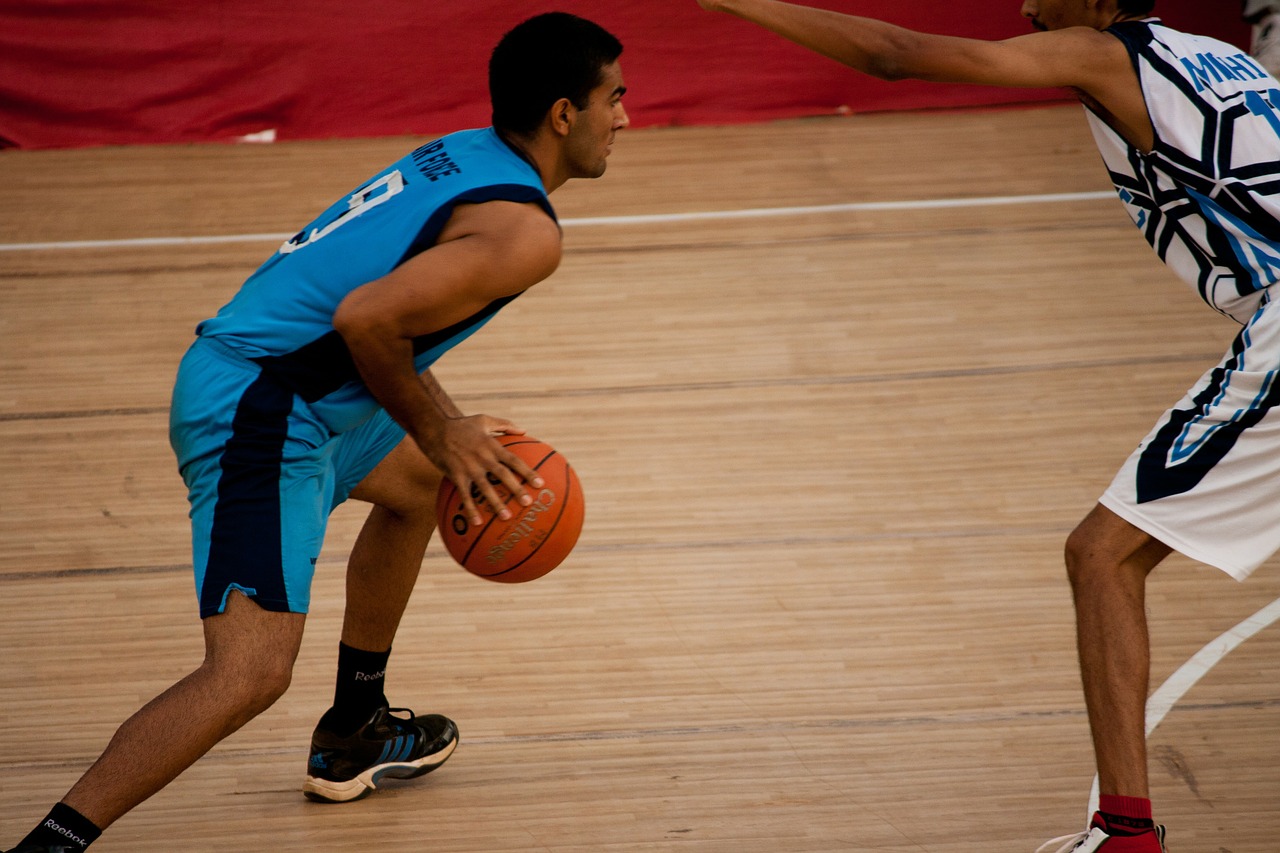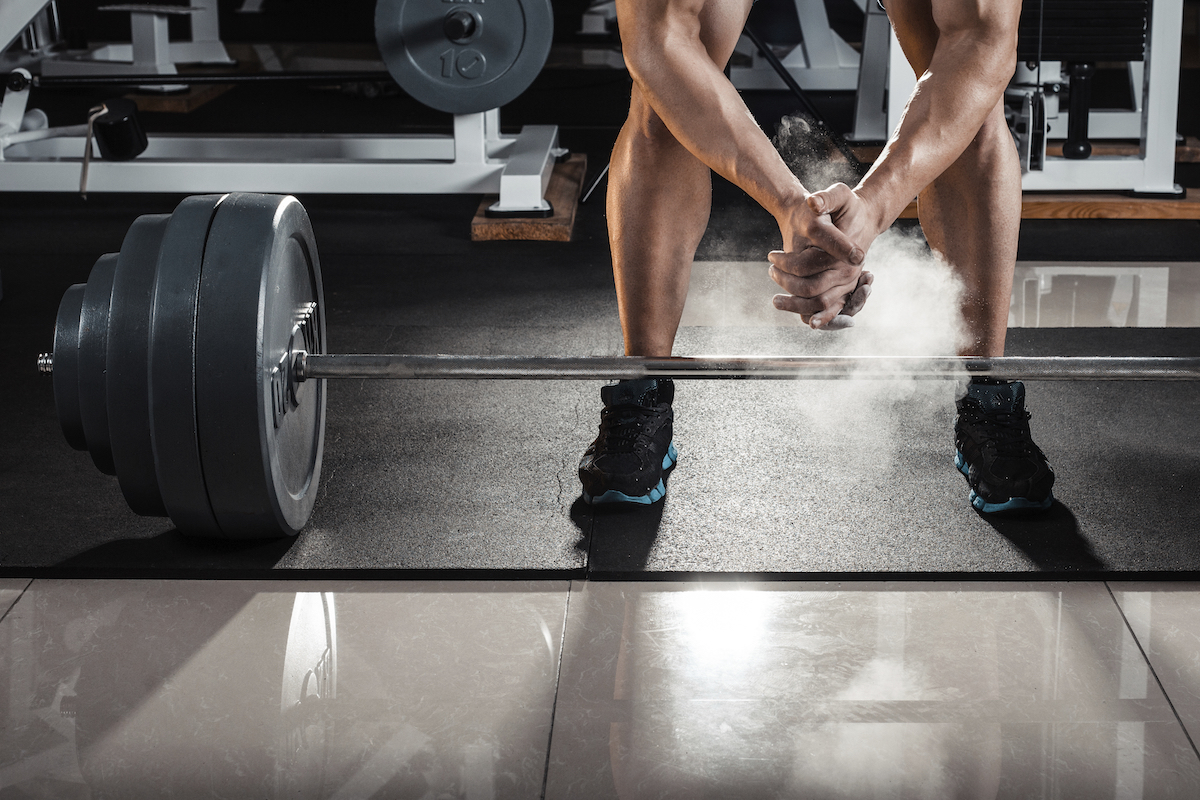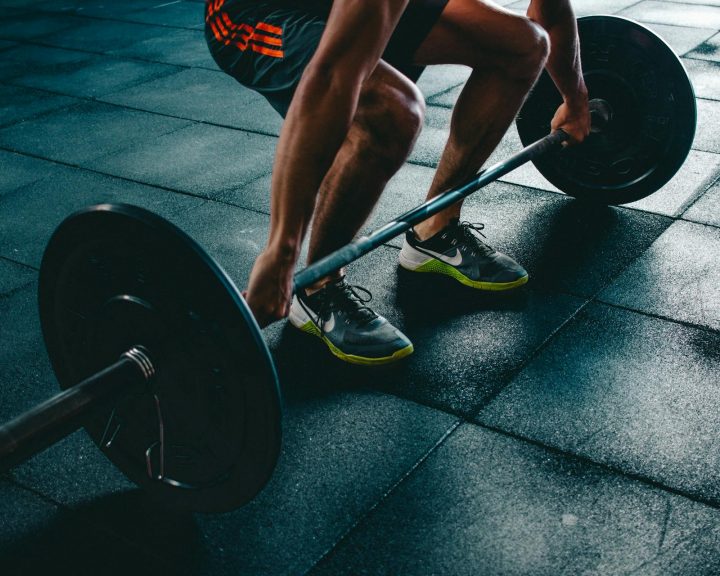Basketball has three types of positions; guards, forwards, and centers. Guards tend to have better ball handling skills, are good passers, set up the offense, and can be good perimeter shooters. Forwards tend to be more versatile athletes and are able to get to the basket for lay ups and draw fouls. Centers are the big men and play low.
Puente et al had an interesting study published in the Journal of Strength and Conditioning Research to examine if the different positions experience a basketball game differently. This study was designed to use GPS devices to describe the demands among centers, forwards, and guards in a basketball game. The subjects were national-level basketball players participating in a tournament. Games during the first day of the tournament were studied for each of the 25 participants in the study. Participants had at least six years of basketball experience and had trained a minimum of four days per week the year prior to the study. Each participant wore a heart rate monitor and a GPS tracker during the games in the study.
Results:
- In terms of performance during the game, the majority of the time for most players was spent at the lowest speeds (less than 12 km/hour). This accounted for almost 67% of a game.
- Around 10-15% of the game was spent at speeds between 12 and 18 km/hour. Forwards spent more time at this speed (~15%), guards next (~13%), and centers the least (~10%).
- Almost 2.5% of the game was spent at speed in excess of 18 km/hour.
- The three position groups experienced the game slightly differently:
- Guards achieved the highest speeds during the games (almost 25 km/hour), centers the least (almost 21 km/hour), with forwards in between.
- Centers achieved the highest heart rates (almost 93% of maximum), with forwards the lowest (almost 88%), guards were in between.
Now, a few things need to be kept in mind with this study. First, this study is looking at a very specific population group. These are Spanish national-caliber basketball players, roughly 25 years of age. It is unclear if these results will apply to other athletes. Second, the games studied were 20-minute games (two 10-minute halves with a 2 minute halftime). This means that these results may not transfer well to games that are divided into quarters or into longer halves.
With that in mind, some interesting things to note. First, the majority of the game is spent at slow speeds (standing, walking, very slow jog) with bursts of moderate running and sprinting. The forwards covered the most distance at these higher speeds, followed by the guards, followed by the centers. That being said, the guards were the fastest athletes followed by the forwards and then the centers.
It should be no surprise that the three positions have different roles in a basketball game, which means that both their physical needs are different and that different types of athletes will be successful in the positions. Centers tend to be larger and heavier. Guards need to be fast. Based on this the forwards probably need to be the most well rounded. I’m a little cautious about making specific recommendations given the two ten-minute halves as it doesn’t translate well to the basketball that I’m used to being around, but it does reinforce the need to investigate how your positions experience the game and to tailor training to that.
Puente, C., Abian-Vicien, J., Areces, F., Lopes, R., and Del Coso, J. (2017). Physical and physiological demands of experienced male basketball players during a competitive game. Journal of Strength and Conditioning Research, 31(4), 956-962.




